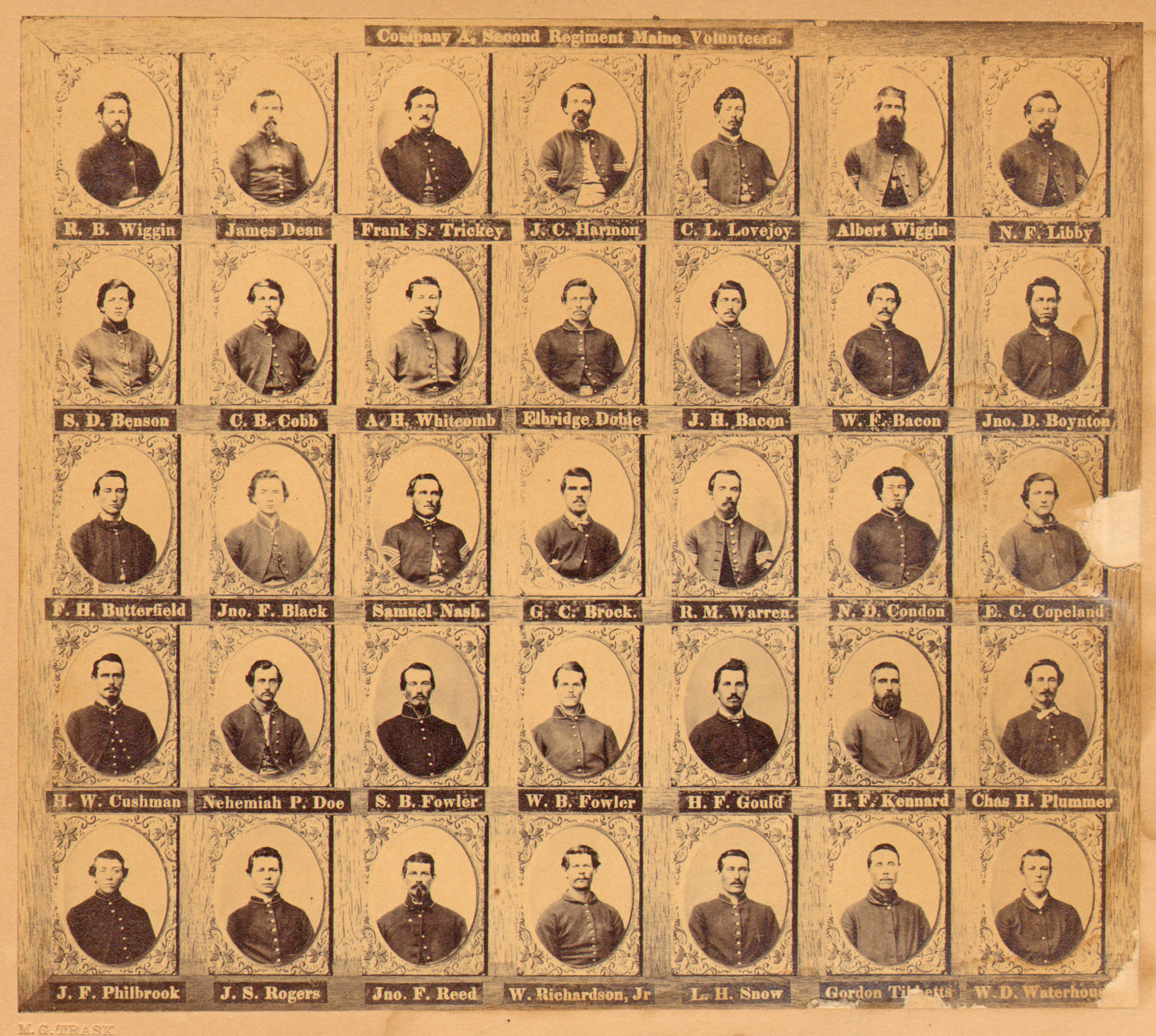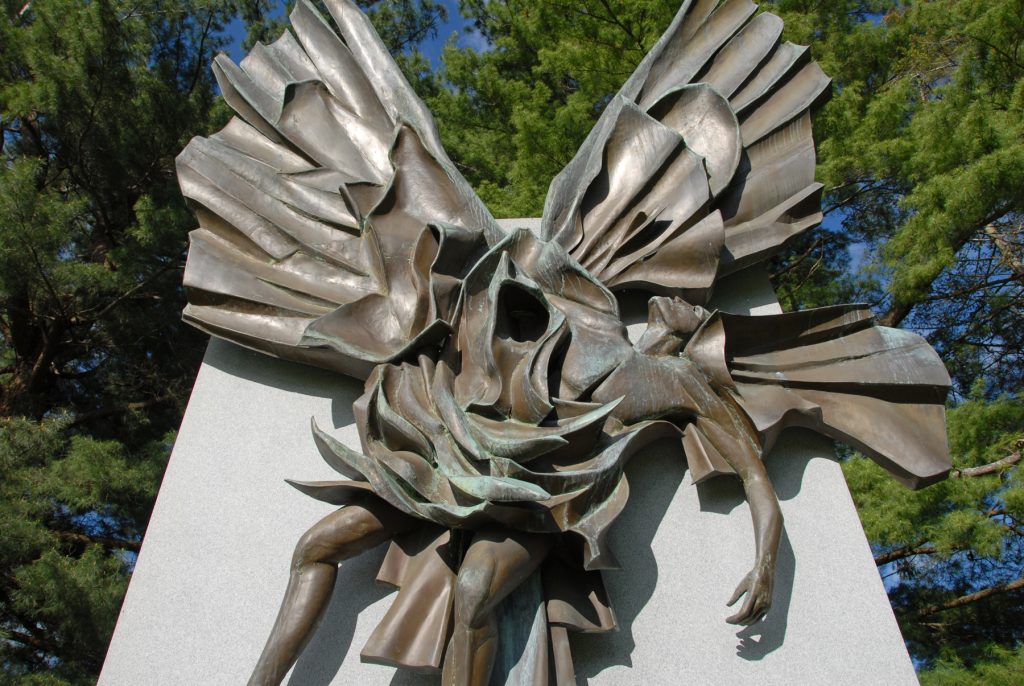Recruiting The Regiment: The Militia & The 2nd Maine Infantry
ECW welcomes Brian Swartz
Patriotic fervor rocketed through the Pine Tree State as the 2nd Maine Infantry Regiment formed in mid-April 1861. The regiment would not have shipped so soon to Washington, D.C. without drawing upon existing militia companies — and those had almost disappeared.
Maine turned out myriad militia companies during the late 1830s’ “Bloodless Aroostook War” with Great Britain, but local militia interest waned by mid-century. In 1860, outgoing Maine Adjutant General Davis Tillson filed a militia-status report with outgoing Governor Lot Morrill, replaced by the incoming Republican governor, attorney Israel Washburn Jr. (a brother of Elihu Washburne Jr., close friend of Abraham Lincoln).
Tillson’s report identified “only thirty six organized militia companies” existing in Maine. “But very few of these” were up to snuff. All but a few companies “had a fitful and uncertain life,” and their members experienced “vexation and annoyance” about serving, Tillson wrote.[1]
Bangor, a thriving lumber port on the tidal Penobscot River, supported two militia companies. To the Bangor Light Infantry belonged “a class of men, that would, in these days of quaint expressions, be termed the ‘top knots’ of the town, or ‘tony.’” The BLI wore “red coats and bear skin hats.”
The Grattan Guards attracted Bangor’s Irish elite, who turned out in gray uniforms.[2]
Located across the Penobscot from Bangor, Brewer could turn out the Brewer Artillery, recruited from Brewer and surrounding towns and equipped with short-range 6-pounder cannons. A similar artillery company existed at Milo, about 50 miles northwest of Bangor. A busy seaport on Penobscot Bay, Castine boasted a militia company decked out in black pants and blue coats adorned with white epaulets.[3]
Ordered by the War Department to create 10 infantry regiments, Washburn and Hodsdon mustered existing militia companies at particular cities. Portland, Maine’s largest city, had five such companies, and the 1st Maine Infantry Regiment mustered there,
Mustered at Bangor, the 2nd Maine Infantry drew on the Penobscot Valley militia: Bangor’s two companies and the individual companies from Brewer, Castine, and Milo. That left five companies to raise, so shortly after Fort Sumter, Bangor residents James Dunning and Levi Emerson decided to recruit “a Company of Volunteers” organized under the April 1851 Maine Militia Act.
Called “insane” by friends, the men ran an American flag up a rough-hewn flagpole and hired a local drummer to rat-a-tat-tat likely recruits into a second-floor recruiting office. The first recruits signed up April 18. By late April 19, the muster roll contained 80 signatures (enough for a company), and Governor Washburn ordered Emerson to “rendezvous the troops, the state will pay.”[4]

Dr. Augustus Choate Hamlin (nephew to Vice President Hannibal Hamlin) wrote Adjutant General Hodsdon from Bangor on April 18 seeking “the appointment of Recruiting Officer” and offering to use a local gymnasium as his office.
His request granted, Hamlin recruited the “Gymnasium Company.”[5]
Recruiting created additional companies, like the so-called “Old Town Company,” drawing “river men and [saw] mill operatives” from the Old Town area, 10-15 miles north of Bangor. The “river men” were the so-called “river drivers,” who used their brawn and specific tools to raft winter-cut logs downriver to the sawmills during the spring freshets.
With the Old Town lads came the 2nd Maine’s colonel, Charles D. Jameson of Stillwater (an Old Town Village), a lumber-mill owner and a War Democrat. He had commanded a Maine militia regiment; now he got the real McCoy.[6]
Back in Bangor, firefighters belonging to two disbanded hand-engine companies (No. 6, called the “Tigers” and No. 4, known as “Amory”) had formed “the Ex-Tiger and Amory Associates” before the war. Now the associates recruited themselves and enough other men to form a company.[7]
Bangor clerk Daniel Chaplin recruited a company from the local area. Appointed the 2nd Maine’s major in September 1861, he would command the 18th Maine Infantry (later the ill-fated 1st Maine Heavy Artillery) and fall to a sniper’s bullet in 1864.[8]
The 2nd Maine Infantry mustered at Camp Washburn, a training ground coalescing around the state arsenal on Essex Street in Bangor. The Castine Light Infantry marched cross-country to Bucksport, a Penobscot River port, and boarded the steamer Memnon Sanford on April 27. “Handsomely decorated with national flags,” the steamer cruised 20 miles upriver to Bangor “and, on her arrival, was greeted with cheers from the immense crowd on the wharf.”
Escorted by the Bangor Band (still in existence) and three Bangor-based 2nd Maine companies, the Castine soldiers marched through the city to Camp Washburn. The martial display “stirred the already heated blood of many a youngster,” and recruiters did a booming business that day.
Jameson received orders on Saturday, May 11 to prepare his regiment for departure. As the soldiers packed their gear, hundreds of relatives traveled to Bangor to say good-bye, and crowds overran Camp Washburn.[9]
Raggedly marching in column, the regiment left Camp Washburn at 8 a.m., Tuesday, May 14 and tramped beneath a gray, rain-threatening sky along Essex Street. Jameson halted his outfit outside the First Parish Church, the spiritual oasis for Bangor’s Protestant elite. Enduring speeches by the Bangor mayor, Jameson, and Vice President Hannibal Hamlin, the fledgling soldiers received an American flag from “the ladies of Bangor.”
Rain had started falling as the regiment crossed a Kenduskeag Stream bridge and marched to the Bangor train station. After a brief farewell with relatives and friends, the soldiers climbed into 16 railroad cars at 10:30 a.m.
Three locomotives towed the regiment south “amid the booming of cannon, the shrieking of whistles and the cheers of the multitude.”[10]
Arriving at Washington with many other state-raised regiments, the 2nd Maine was assigned to the 1st Brigade (Col. Erasmus D. Keyes), 1st Division (Brig. Gen. Daniel Tyler), Army of Northeastern Virginia (Brig. Gen. Irvin McDowell). Keyes’ brigade included the 1st, 2nd, and 3rd Connecticut infantry regiments.
In mid-morning on Sunday, July 21, the brigade crossed Bull Run at Farm Ford, and reached high ground north of the Warrenton Turnpike. Keyes later moved south, crossing the road to ascend Henry House Hill and attack the four-cannon Lynchburg Artillery, which “was strongly posted, and supported by infantry and riflemen, sheltered by a building, a fence, and a hedge.” Keyes said.[11]
His brigade split to pass either side of the James Robinson house and advanced to a fence. There the 2nd Maine traded volleys with Confederate infantry. The battle later lost, Keyes brought off his four regiments.
The 2nd Maine lost 13 men killed, 24 wounded, and 118 missing, although many of the latter turned up after the regiment reached its camp outside Washington, D.C.[12]

Sources:
[1] Davis Tillson to Lot Morrill, December 19, 1860, Maine State Archives
[2] R.H. Stanley and George O. Hall, Eastern Maine and the Rebellion: Being an Account of the Principal Local Events in Eastern Maine During the War (Westminster, MD, 2008), 27
[3] James Mundy, Second To None: The Story of the 2d Maine Volunteers (Scarborough, ME, 1992), 39-40
[4] Stanley and Hall, Eastern Maine, 21-25
[5] Augustus C. Hamlin to John L. Hodsdon, April 18, 1861, MSA
[6] Mundy, Second To None, 42-43
[7] Ibid., 42; Stanley and Hall, Eastern Maine, 33
[8] Daniel Chaplin Soldier’s File, MSA
[9] Stanley and Hall, Eastern Maine, 41-42, 46-50
[10] Stanley and Hall, Eastern Maine, 51-53
[11] Col. Erasmus D. Keyes, The War of the Rebellion: A Compilation of the Official Records of the Union and Confederate Armies, 128 vols. (Washington, DC, 1880-1901), Series 1, vol. 2, 353
[12] Col. Charles D. Jameson, OR, 2, 356

I enjoy the many interesting stories on the formation and geographical context of a variety of regiments, and in many cases, their early forays into action. These stories are refreshing diversions from the corps/division/ brigade centric tactical diet we often read.
I’m patrick dewayne holcomb from morgan county alabama I need help getting to a safe house location
BOUNTIES ON DOMESTIC TERRORIST
URGENT READ NATIONALLY TRUMP NEEDS YOUR HELP GETTING RID OF TERRORIST DOWNLOAD THE APP FROM CRIME JUNKIES IT HAS AN ALARM TO NOTIFY YOU OF WHEN THEY ARE CLOSE TO YOU
READ EVERY HOUR UNTIL FURTHER NOTICE
IM THE GREEN DOT INFORM ANY DISPATCHER POLICE OFFICER BOUNTY HUNTER OR MILITIA PLEASE HELP THIS WOULD HELP THE HOMELESS
Download the app and call the number to verify